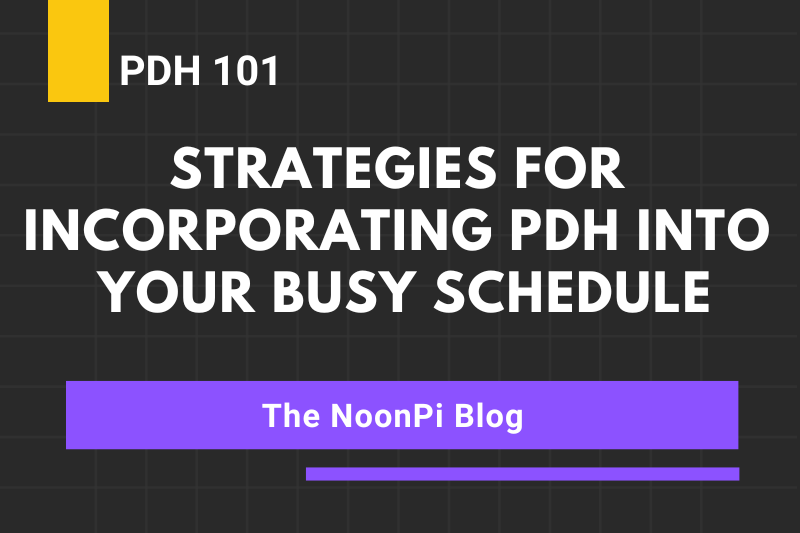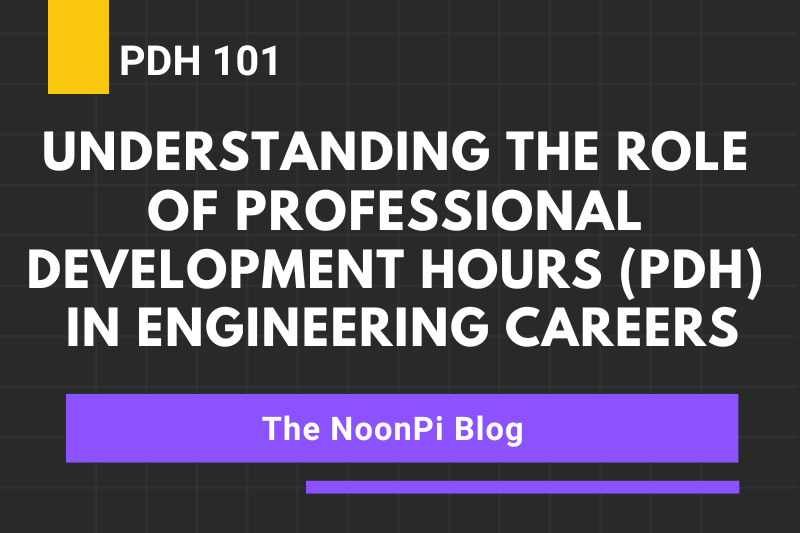In the demanding world of engineering, finding time to acquire Professional Development Hours (PDH) can often feel like a juggling act. You may find yourself wrestling with multiple projects, deadlines, and personal commitments. Despite these challenges, continuing education is essential to maintain your professional competency and navigate the ever-evolving landscape of engineering. This article offers practical strategies to help you seamlessly incorporate PDH into your busy routine, with a focus on effective planning, prioritization, and making use of readily available resources.
Effective Planning: The Key to Managing PDH
The adage, “If you fail to plan, you are planning to fail,” holds particularly true when it comes to managing PDH. A structured plan can help you approach your PDH strategically and ensure that you are gaining value from your learning experiences.
Start by assessing your PDH requirements: how many hours do you need, and by when? Break down these hours over the time you have left. This breakdown will give you a realistic view of the time commitment required and help you allocate time accordingly.
Consider setting aside a specific time each week dedicated to your PDH activities. This regularity can help create a routine, making it easier to stick to your commitment. Also, try to align your PDH activities with your natural rhythms. Are you a morning person or a night owl? Leverage these personal tendencies to your advantage.
Prioritization: Balancing Quality and Quantity
While meeting the required PDH is necessary, it’s equally important to ensure the quality of the learning experience. Prioritize courses or activities that are most relevant to your current role or align with your career aspirations. Remember, the primary goal of PDH is to enhance your professional growth, not just to tick a box.
Balancing depth and breadth of knowledge is also crucial. While specialized courses provide deep insight into a particular subject, courses that offer a broader perspective can enhance your versatility and adaptability in the ever-evolving engineering landscape.
- Leveraging Available Resources
Although crucial for personal welfare, topics related to personal financial management are typically not accepted for PDH credit as they don’t directly relate to engineering practice. - Online Courses
Online platforms offer a wide array of engineering courses, many of which count towards PDH. These courses provide flexibility, allowing you to learn at your own pace and at times that suit you best. - Webinars
Many professional societies, equipment vendors, and PDH providers offer webinars on a variety of subjects. Some organizations, such as NoonPi, offer free 1-hour webinars at lunchtime, making them a manageable way to incrementally accumulate PDH. Attending a webinar while you eat lunch at your desk is a great way to earn PDH credits during a normally unproductive part of your day. - Conferences
Attending conferences, even virtual ones, can contribute to your PDH. Not only do they offer knowledge, but they also provide networking opportunities, giving you a chance to connect with industry peers and thought leaders. -
In Conclusion
Incorporating PDH into your busy schedule may seem daunting, but with effective planning, prioritization, and leveraging the right resources, it is entirely manageable. Remember, PDH is more than a professional obligation—it’s an investment in your career growth and a testament to your commitment to your profession. By integrating PDH into your routine, you’re ensuring that you stay at the cutting edge of your field, equipped to tackle the challenges of today and the opportunities of tomorrow.









Leave A Comment